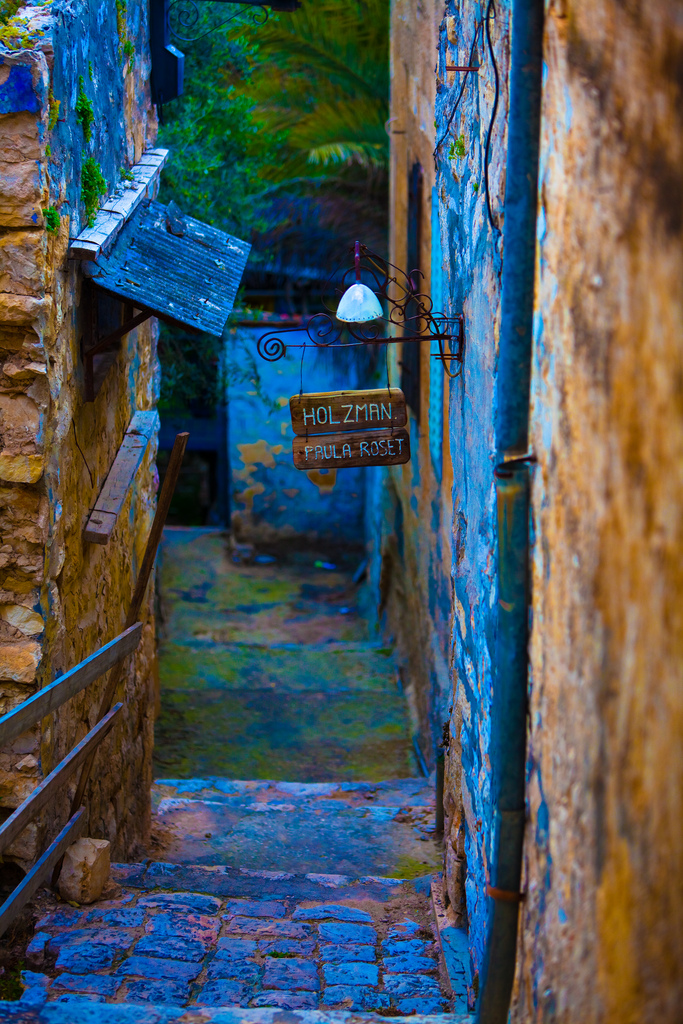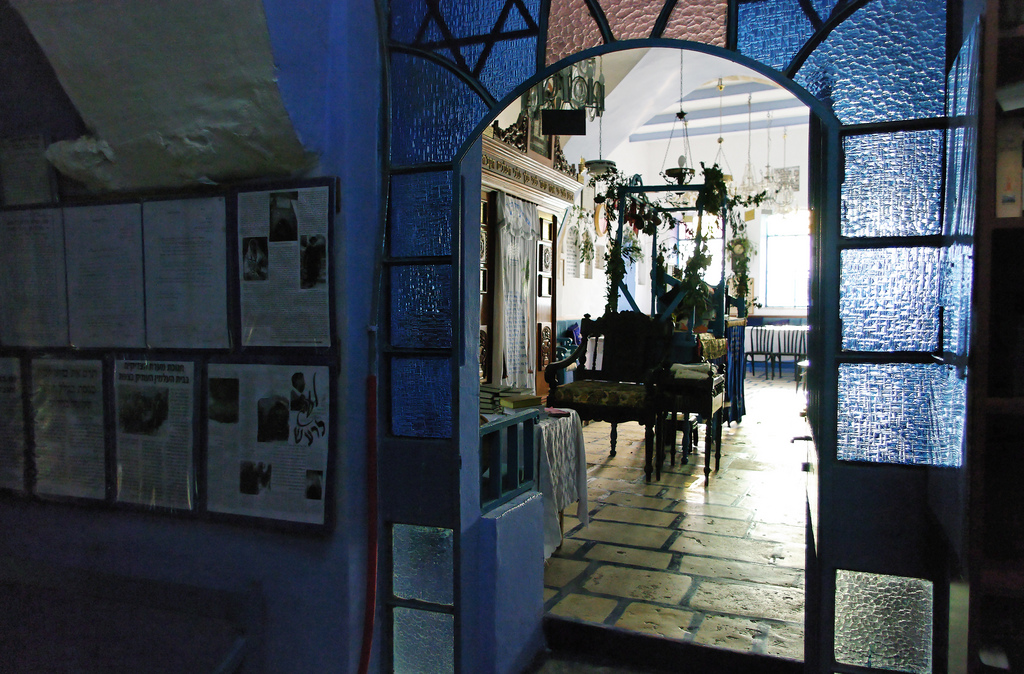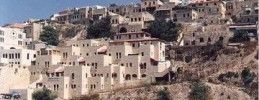Tzfat – Safed
January 10th 2015
In the Upper Galilee lies the mystical city of Tzfat – or Safed, as it is often spelled. Along with Hebron, Tiberias and Jerusalem, Tzfat is considered one of Israel’s four holiest cities to Jews. It’s been written that the Messiah will one day arise from Tzfat on his way to Jerusalem. Tzfat truly flourished after Jews were expelled from Spain in 1492, when a number of well-known religious scholars and Jewish mystics settled here. Indeed, Tzfat has been the spiritual center of Kabala (Jewish mysticism) since the 1600s.
 Today, Tzfat retains its mystical Galilean flavor. Winding cobblestone streets, clear mountain air and multidirectional vistas overlooking nearby forests all contribute something of an otherworldly quality to the city. In addition to its spiritual identity, Tzfat is a well-known sanctuary for artists; the city hosts photographers, painters, micro calligraphers, sculptors, ceramic potters, jewelry designers and Judaica artists, including many Jewish artists whose work has a mystical bent.
Today, Tzfat retains its mystical Galilean flavor. Winding cobblestone streets, clear mountain air and multidirectional vistas overlooking nearby forests all contribute something of an otherworldly quality to the city. In addition to its spiritual identity, Tzfat is a well-known sanctuary for artists; the city hosts photographers, painters, micro calligraphers, sculptors, ceramic potters, jewelry designers and Judaica artists, including many Jewish artists whose work has a mystical bent.
Below the Old City of Tzfat lies the Tzfat Cemetery, where you can visit the resting place of a number of great rabbis, each of whose graves is painted a distinctive blue. The Arizal (Rabbi Isaac Luria), perhaps the most famous Jewish mystic of all time, is buried here, as is Rabbi Yosef Caro, best known for writing the code of Jewish law called the Shulchan Aruch. Perhaps the oldest grave here belongs to Hosea the Prophet, who lived 2800 years ago. The Tzfat Cemetery is a contemplative spot, ideal for prayer, meditation or thinking deep thoughts. At its entrance is the Arizal’s mikveh (ritual bath), an enclosed natural spring.
 The city reflects more modern history as well. During the 1948 War of Independence, the Zionist defenders of Tzfat relied on the somewhat primitive Davidka cannon. A model of the weapon is on display at the top of the main street near the extremely long staircase known as the Great Stairs. During the time of the British Mandate, the Great Stairs divided Tzfat in two and served to separate the Arab and Jewish sections of the Old City.
The city reflects more modern history as well. During the 1948 War of Independence, the Zionist defenders of Tzfat relied on the somewhat primitive Davidka cannon. A model of the weapon is on display at the top of the main street near the extremely long staircase known as the Great Stairs. During the time of the British Mandate, the Great Stairs divided Tzfat in two and served to separate the Arab and Jewish sections of the Old City.
Perhaps the most famous stop in Tzfat is The Candle Factory. Started modestly in the mid-1990s, the candle factory became a major tourist destination when artist Moshe Chaim Gress began sculpting beeswax into biblical scenes such as David and Goliath or Noah’s Ark, Jewish caricatures and religious ceremonies.












